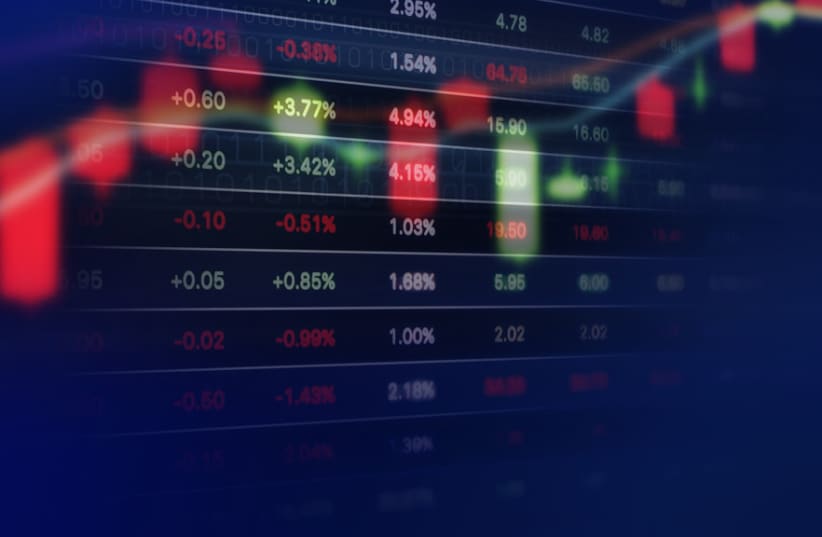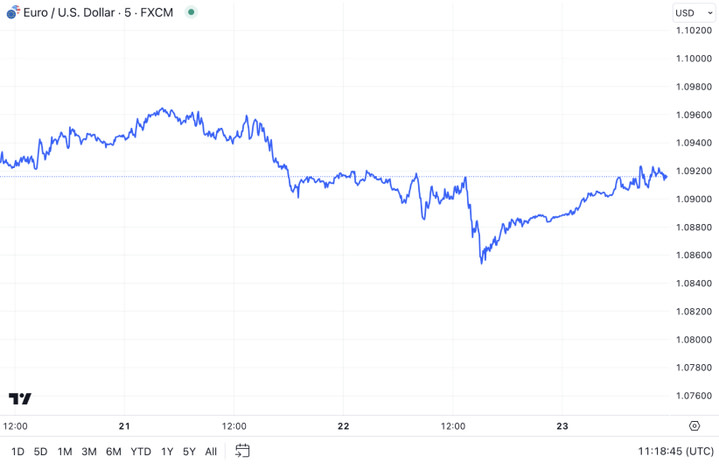When central banks, spearheaded by the Fed, hiked rates, their resolute actions bolstered their currencies. Conversely, a more cautious approach weakened them. The current scenario tells a different tale. Mention of caution in the minutes of the recent FOMC meeting put the brakes on the decline of the US dollar. The Fed signaled a commitment to extreme caution, closely monitoring incoming statistics.
In a data-dependent monetary policy landscape, despite central bankers discussing a potential return to a monetary restriction cycle, lackluster figures prompt the derivatives market to take opposing bets. In this context, a 5.4% month-over-month drop in durable goods orders in October could have been the trigger for a resurgence in the EUR/USD uptrend. However, this didn't materialize, thanks to the unexpected dip in jobless claims to 209k, highlighting the robustness of the labor market.
Contradictory statistics elevate the risks of consolidation in the primary currency pair. To assess the market sentiment, a volume indicator can be of great help. Additionally, ECB officials share a level of dissatisfaction with market forecasts comparable to their Fed counterparts. According to Bundesbank head Joachim Nagel, borrowing costs should remain high for an ample period. While predicting the exact duration is challenging, it's highly improbable that it will conclude in the next few months. On the flip side, investors anticipate a 100 basis point cut in the deposit rate and expect the first move toward monetary expansion as early as April.
Vice President of the European Central Bank Luis de Guindos refrains from commenting on market pricing but emphasizes that the ECB strategy is crystal clear. The Governing Council's decisions hinge on the data, and it will closely observe unfolding events. Despite Christine Lagarde and Isabelle Schnabel predicting an acceleration in inflation from 2.9 %, investors bet on monetary easing to appear exaggerated.
Nevertheless, under different circumstances, attempts by ECB officials to deter markets from a dovish shift would typically strengthen the euro. Strikingly, at present, they're having the opposite effect. The crux lies in the expectations for a substantial easing of monetary policy by central banks led by the Fed, propelling the rally in US stock indices, heightening global risk appetite, and undermining the US dollar's position as a safe haven currency. If the anticipated monetary stimulus fails to materialize within the expected timeframe and magnitude, the S&P 500 could witness a decline, initiating a downward correction of EUR/USD.
This article was written in cooperation with TradingView

